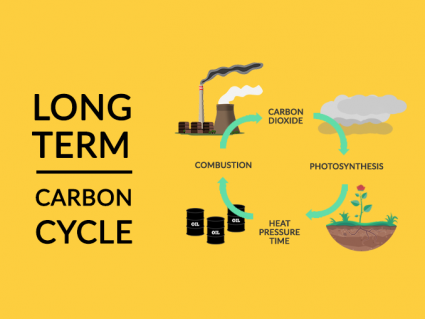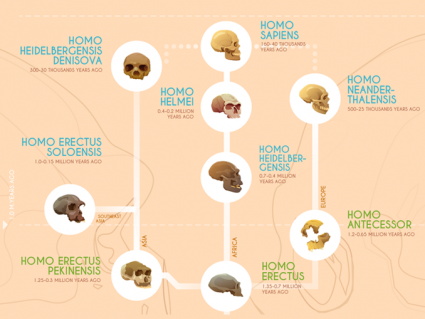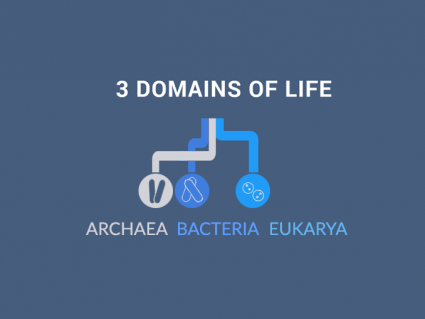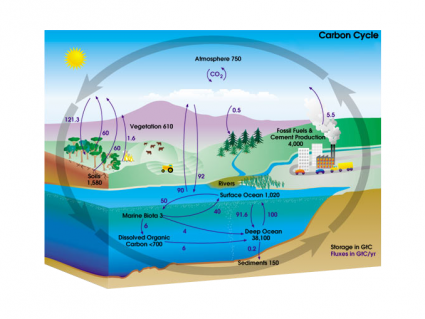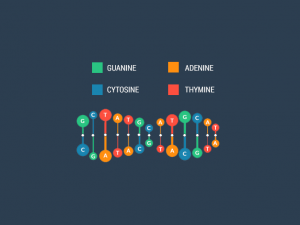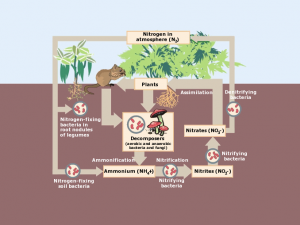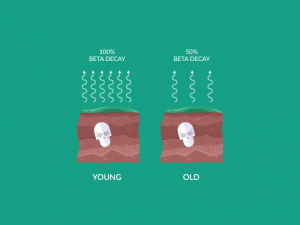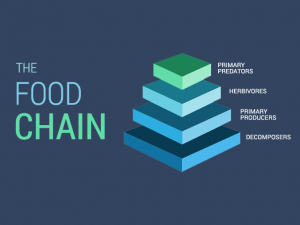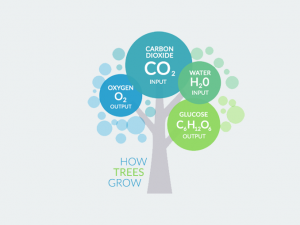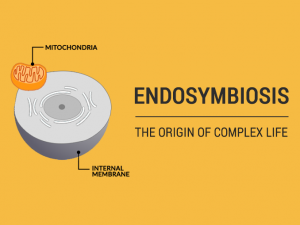Cellular Respiration Steps: Energy Conversion in the Body
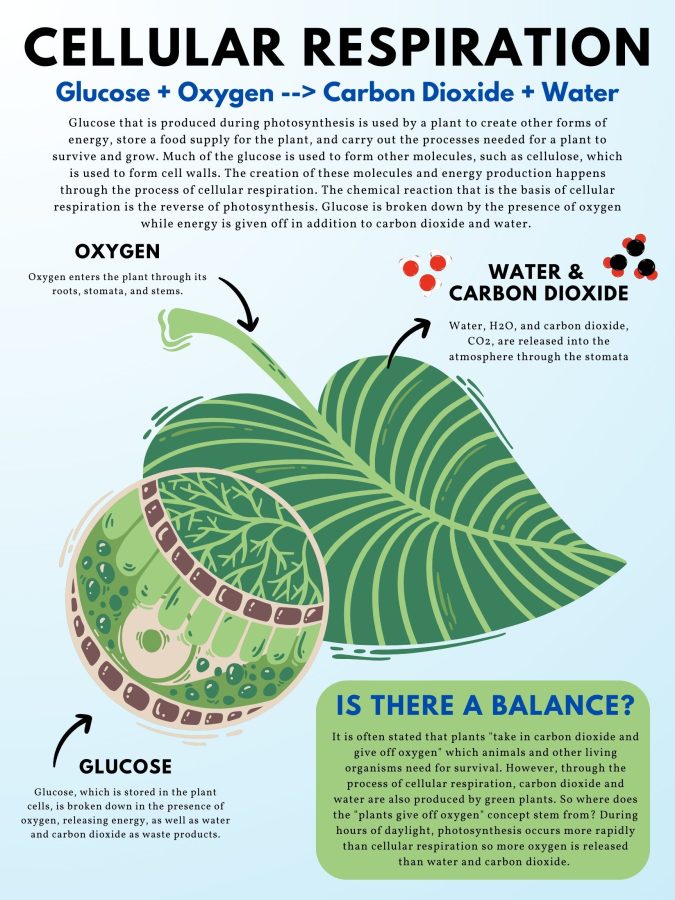
The steps of cellular respiration
The single most important biochemical reaction human beings need is cellular respiration. Without it, we wouldn’t exist.
Our cells require oxygen to break down the food we consume. From glucose and oxygen, cellular respiration is the mechanism that gives us the energy we need to live.
All the chemical reactions in living things run off ATP. For example, we use ATP to exercise, think, and even during sleeping.
Basically, all animals convert sugars, fats, and proteins into ATP. This usable form of energy powers biological systems like our very own.
Basics of cellular respiration
Cellular respiration is the process we go through to provide ourselves with energy. The two basic requirements for cellular respiration are glucose and oxygen.
- GLUCOSE: We acquire glucose (C6H12O6) from the food we eat.
- OXYGEN: Then, we intake oxygen (O2) from the air we breathe.
So when your body creates energy, it starts with glucose (C6H12O6), then adds oxygen (O6). Next, cellular respiration creates 6 molecules of carbon dioxide (CO2) and water (H2O) releasing energy.
Overall, the basic formula for cellular respiration is as follows:
C6H12O6 + O6 = 6CO2 + 6H2O + energy
Energy is ATP (Adenosine triphosphate)
Every active process in your body needs ATP (adenosine triphosphate). This is why people refer to ATP as the “currency of biological energy”.
“Like a coin machine at a car wash that only accepts quarters, you have to convert your paper money bills to a usable form of currency. It’s the same for our body, but for ATP. If you want to bend, lift, move, jump, walk, or think, it’s ATP that you need to perform that function.”
ATP (adenosine triphosphate) is the combination of adenine, a ribose sugar attached to 3 phosphate groups. But the 3 phosphate groups are not stable together so it eventually releases one of the phosphate groups apart. When it does, it becomes adenosine diphosphate (ADP) generating energy.
Because there’s hydroxide (OH) in your body, it comfortably takes the place of the phosphate group making it stable. This process is “hydrolysis” which translates to water-splitting ATP.
What are the 3 phases of cellular respiration?
Through cellular respiration, one molecule of glucose can generate roughly 38 molecules of ATP (in an efficient cell). Simultaneously, these 3 phases of cellular respiration produce the following number of ATP:
- GLYCOLYSIS: Glycolysis generates 2 ATP. Glycolysis takes place in the cytoplasm without oxygen. It breaks down glucose (C6H12O6) into pyruvate (CH3COCOO− + H+ ). The net effect is that it splits 6 carbon rings of glucose into two 3-carbon molecules called pyruvic acids.
- KREB’S CYCLE: Kreb’s cycle creates 2 ATP. The Kreb’s cycle (also known as the citric acid cycle) occurs aerobically in the mitochondria, which is the powerhouse of the cell. It takes the pyruvic acids from glycolysis and creates 2 more ATP and energy.
- ELECTRON TRANSPORT CHAIN: The electron transport chain produces 34 ATPs. Finally, the electron transport chain produces the vast majority of ATP during the cellular respiration process. By taking the electrons from the Kreb’s cycle, the mitochondria aerobically generate a total of 34 ATPs.
Cellular Respiration
Cellular respiration is a process that all cells use to release energy from molecules called fuel or food. The first step in cellular respiration is the breakdown of food into smaller molecules called simple sugars.
These small molecules are then absorbed by the cell and used for energy, or stored as glycogen in the form of glucose and free fatty acids. Cells also use oxygen to release energy from fuel molecules, which they use to create ATP, a molecule that stores chemical energy in cells.
Do you have any comments or questions? If so, please add a comment below and we’ll get back to you.

